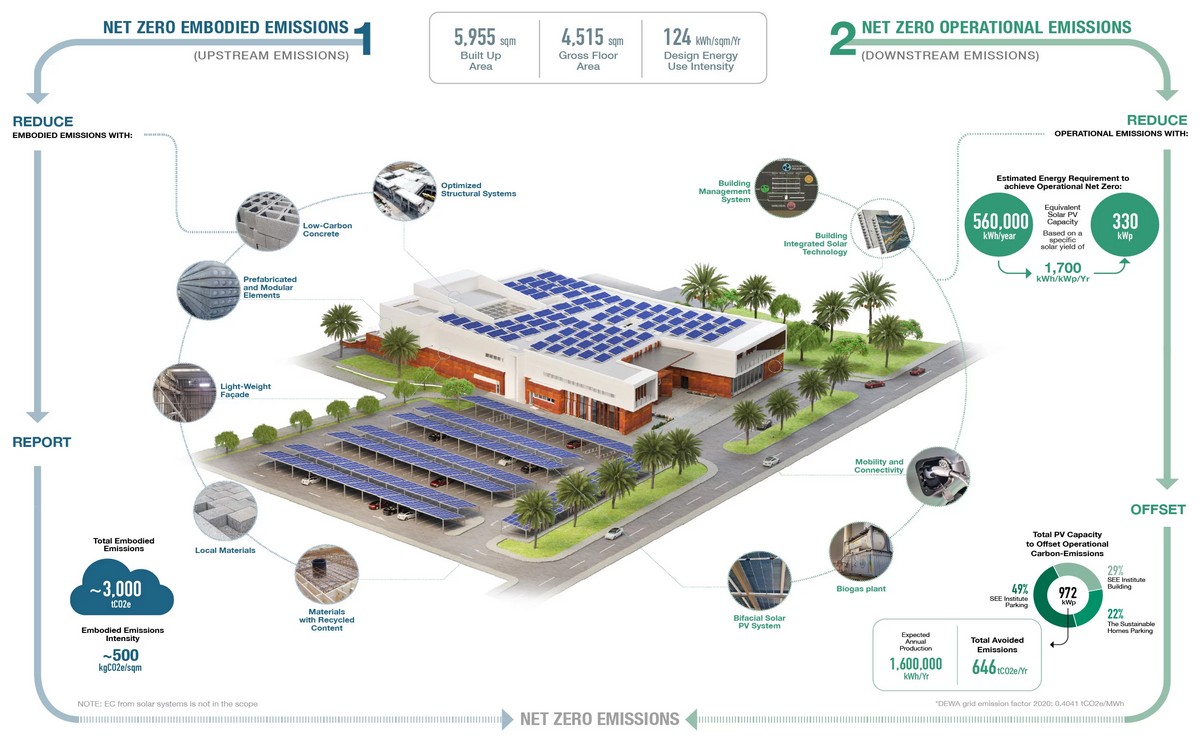Blog
The Role of Civil Engineers in Achieving Net-Zero Carbon Buildings

Table of Contents
- Introduction
- What Are Net-Zero Carbon Buildings?
- Why Are Net-Zero Buildings Important for Bangladesh?
- Key Strategies for Net-Zero Buildings
- The Critical Role of Civil Engineers
- Challenges in Bangladesh & Possible Solutions
- Case Studies: Net-Zero Projects in Bangladesh
- How Civil Engineers Can Get Certified in Sustainable Design
- Top 5 Video Courses on Net-Zero Buildings
- Top 5 Books on Sustainable Construction
- Conclusion
1. Introduction
The construction industry contributes nearly 40% of global carbon emissions, making it a critical sector for climate action. As Bangladesh faces rising temperatures, extreme weather events, and rapid urbanization, the shift toward net-zero carbon buildings has become essential.
Civil engineers play a pivotal role in designing, constructing, and maintaining buildings that minimize energy consumption and carbon emissions. This blog explores:
- What net-zero carbon buildings are
- Why they matter for Bangladesh
- How civil engineers can lead this transition
- Challenges and opportunities in the local context
Whether you’re a civil engineering student, professional, or environmentally conscious citizen, this guide will help you understand how Bangladesh can achieve sustainable construction.
2. What Are Net-Zero Carbon Buildings?
A net-zero carbon building is a structure that:
✔ Produces as much renewable energy as it consumes annually
✔ Minimizes carbon emissions from construction and operations
✔ Uses energy-efficient materials and smart technologies
Key Components:
- Passive Design: Natural ventilation, daylight optimization
- Renewable Energy: Solar panels, wind turbines
- Low-Carbon Materials: Recycled steel, bamboo, low-carbon concrete
- Smart Systems: IoT-based energy monitoring
3. Why Are Net-Zero Buildings Important for Bangladesh?
Bangladesh is highly vulnerable to climate change, with:
- Rising temperatures (projected 1.5°C increase by 2050)
- Frequent floods and cyclones
- Severe air pollution in cities like Dhaka and Chattogram
Benefits for Bangladesh:
✅ Energy Security: Reduces reliance on fossil fuels (saving 30-50% energy costs)
✅ Climate Resilience: Flood-resistant designs, rainwater harvesting
✅ Economic Growth: Attracts green investments (e.g., LEED-certified factories)
✅ Healthier Living: Improves indoor air quality (reducing respiratory diseases)
4. Key Strategies for Net-Zero Buildings
| Strategy | Implementation in Bangladesh |
|---|---|
| Energy-Efficient Design | Use passive cooling, high-performance glass |
| Renewable Energy Integration | Solar rooftops (e.g., IDCOL’s solar projects) |
| Sustainable Materials | Bamboo, recycled bricks, low-carbon concrete |
| Water Conservation | Rainwater harvesting, greywater recycling |
| Smart Monitoring | IoT sensors for real-time energy tracking |
5. The Critical Role of Civil Engineers
Civil engineers are essential in achieving net-zero buildings by:
A. Design Phase
- Conducting energy modeling (e.g., using DesignBuilder, EnergyPlus)
- Selecting low-carbon materials (e.g., fly ash concrete)
B. Construction Phase
- Ensuring waste reduction (Bangladesh generates 6.5M tons/year of construction waste)
- Implementing green construction practices
C. Operational Phase
- Monitoring building performance
- Retrofitting old buildings for energy efficiency
6. Challenges in Bangladesh & Possible Solutions
| Challenge | Solution |
|---|---|
| High Initial Costs | Govt. subsidies, green financing (e.g., IDCOL loans) |
| Lack of Local Expertise | Training programs (e.g., BUET’s green engineering courses) |
| Limited Green Materials | Promote local manufacturing (e.g., recycled bricks) |
| Policy Gaps | Strengthen National Building Code (NBC 2020) |
7. Case Studies: Net-Zero Projects in Bangladesh
A. DBL Group Factory (Gazipur)
- LEED Platinum Certified
- 40% energy savings via solar panels & efficient lighting
B. Bashundhara Eco-City (Dhaka)
- Planned net-zero residential complex
- Features rainwater harvesting & solar energy
C. BRAC University Retrofit (Dhaka)
- Energy-efficient HVAC & lighting upgrades
8. How Civil Engineers Can Get Certified in Sustainable Design
A. LEED Certification (USGBC)
- LEED Green Associate (Entry-level)
- LEED AP (Accredited Professional)
🔗 https://www.usgbc.org/certifications
B. BREEAM Certification (BRE Group)
- BREEAM Assessor
🔗 https://www.bregroup.com/training/
C. Local Training (Bangladesh)
- BUET Civil Engineering Dept. (Sustainable Design Courses)
- Bangladesh Green Building Council (BGBC) Workshops
9. Top 5 Video Courses on Net-Zero Buildings
- Net-Zero Energy Buildings: Design & Construction (Udemy)
🔗 https://www.udemy.com/course/net-zero-energy-buildings/ - LEED Green Associate Exam Prep (USGBC Official)
🔗 https://www.usgbc.org/courses - Sustainable Construction in Developing Countries (Coursera)
🔗 https://www.coursera.org/learn/sustainable-construction - Passive House Design (edX)
🔗 https://www.edx.org/course/passive-house-design - Energy Efficiency in Buildings (LinkedIn Learning)
🔗 https://www.linkedin.com/learning/
10. Top 5 Books on Sustainable Construction
- “Net Zero Energy Buildings” – Linda Reeder
🔗 https://www.amazon.com/dp/1119544386 - “Sustainable Construction Technologies” – Vivian Y. Tam
🔗 https://www.amazon.com/dp/0128117493 - “The Green Building Revolution” – Jerry Yudelson
🔗 https://www.amazon.com/dp/159726179X - “Climate Responsive Design in Bangladesh” – Dr. Fuad Mallick
🔗 https://www.amazon.com/dp/984334478X - “Building a Sustainable Future” – Anwar Hossain
🔗 https://www.amazon.com/dp/9843345670
11. Conclusion
Civil engineers are key drivers in Bangladesh’s transition to net-zero carbon buildings. By adopting sustainable design practices, renewable energy, and smart technologies, they can help combat climate change while supporting economic growth.
